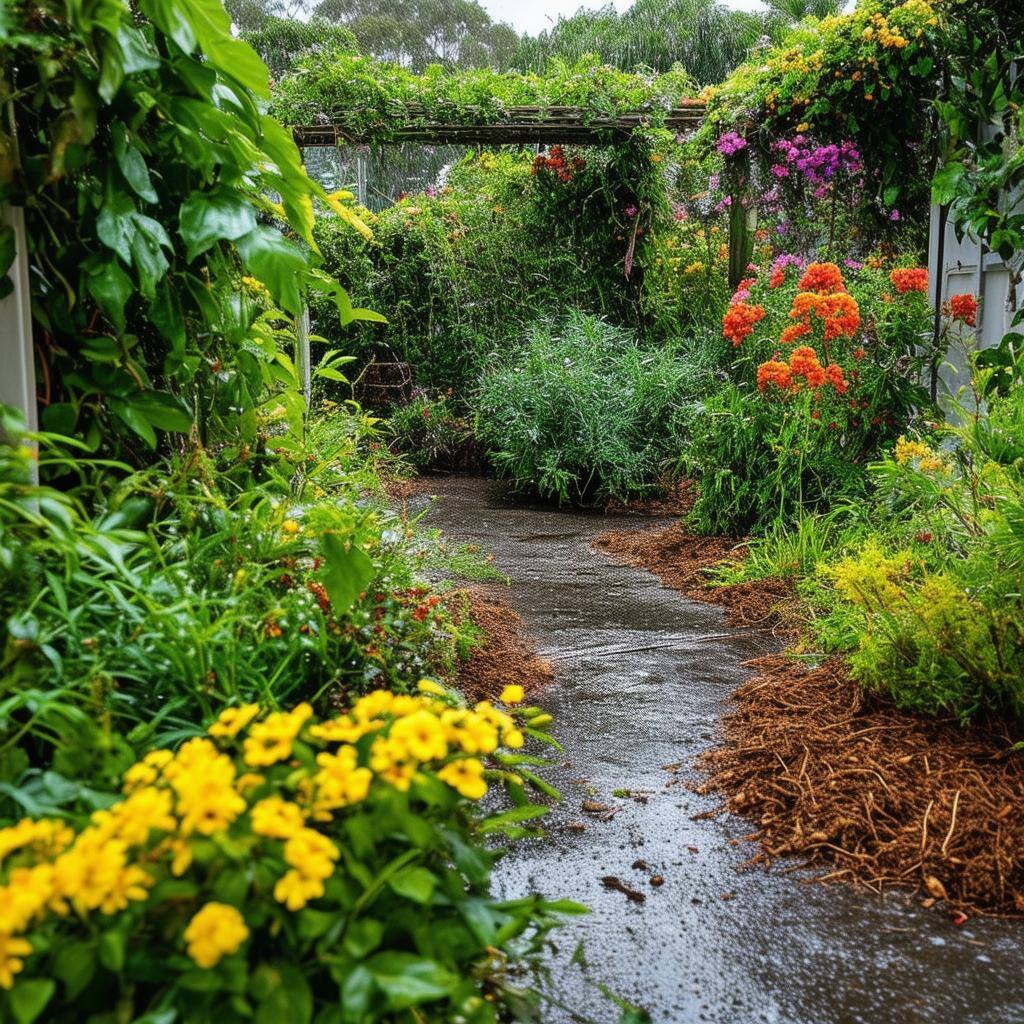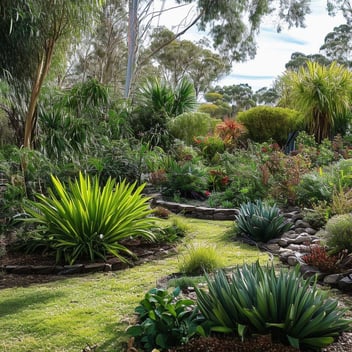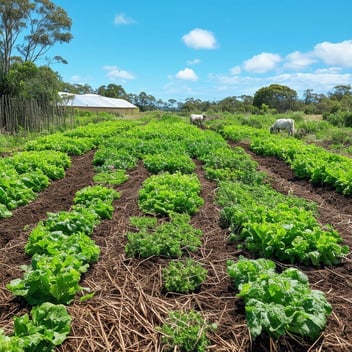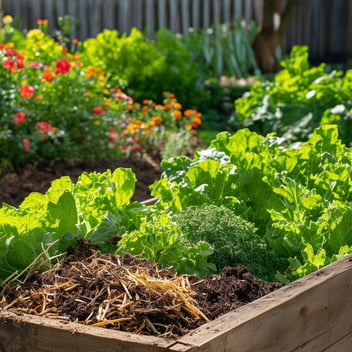Gardening After Heavy Rains: Tips for SEQ’s Wet Seasons
South East Queensland (SEQ) is renowned for its subtropical climate, where torrential downpours can transform serene gardens into waterlogged landscapes. While rain is a boon for plant life, excessive moisture poses challenges that gardeners must adeptly navigate. By implementing strategic post-rain practices, you can ensure your garden remains a verdant sanctuary, even after the heaviest showers.
1. Assessing Soil Saturation and Drainage
After substantial rainfall, it's imperative to evaluate soil moisture levels. Prolonged waterlogging can suffocate plant roots, leading to root rot. To mitigate this, consider the following:
-
Aeration: Gently insert a garden fork into the soil to improve air circulation and facilitate water evaporation.
-
Organic Amendments: Incorporate organic matter like compost to enhance soil structure and drainage capabilities.
2. Inspecting Plant Health
Excess moisture can stress plants, making them susceptible to diseases. Conduct thorough inspections to identify potential issues:
-
Foliage Examination: Look for yellowing leaves or signs of fungal infections, such as powdery mildew.
-
Root Assessment: Check for root rot by gently examining the root system; healthy roots are firm and white, while rotting roots appear brown and mushy.
3. Addressing Erosion and Mulch Displacement
Heavy rains can erode topsoil and displace mulch, exposing plant roots and increasing weed growth. To counteract this:
-
Soil Replacement: Redistribute eroded soil to cover exposed roots and maintain soil integrity.
-
Mulch Reapplication: Replace displaced mulch to conserve soil moisture and suppress weed emergence.
4. Pruning Damaged Foliage
Strong winds and heavy rain can cause physical damage to plants. Prune broken or bent branches to prevent further injury and encourage healthy regrowth.
5. Managing Weed Proliferation
Moist conditions are ideal for weed germination. Take advantage of the softened soil to remove weeds efficiently:
-
Manual Removal: Pull weeds by hand, ensuring complete root extraction to prevent regrowth.
-
Mulching: Apply a fresh layer of mulch to inhibit weed seed germination and growth.
6. Monitoring for Pests and Diseases
Post-rain environments can foster pest activity and disease spread. Implement vigilant monitoring practices:
-
Pest Inspection: Look for signs of insect infestations, such as chewed leaves or the presence of larvae.
-
Disease Identification: Be alert for symptoms like leaf spots or mold growth, and apply appropriate treatments promptly.
7. Enhancing Future Resilience
To prepare your garden for future heavy rains, consider long-term improvements:
-
Plant Selection: Choose native or drought-tolerant species that can withstand SEQ’s variable climate.
-
Landscape Design: Incorporate features like raised beds or swales to manage water flow and prevent pooling.
By attentively addressing these aspects, you can maintain a thriving garden in SEQ, even amidst the challenges of its wet seasons. Proactive care and strategic planning are key to ensuring your garden remains a resilient and flourishing haven.




